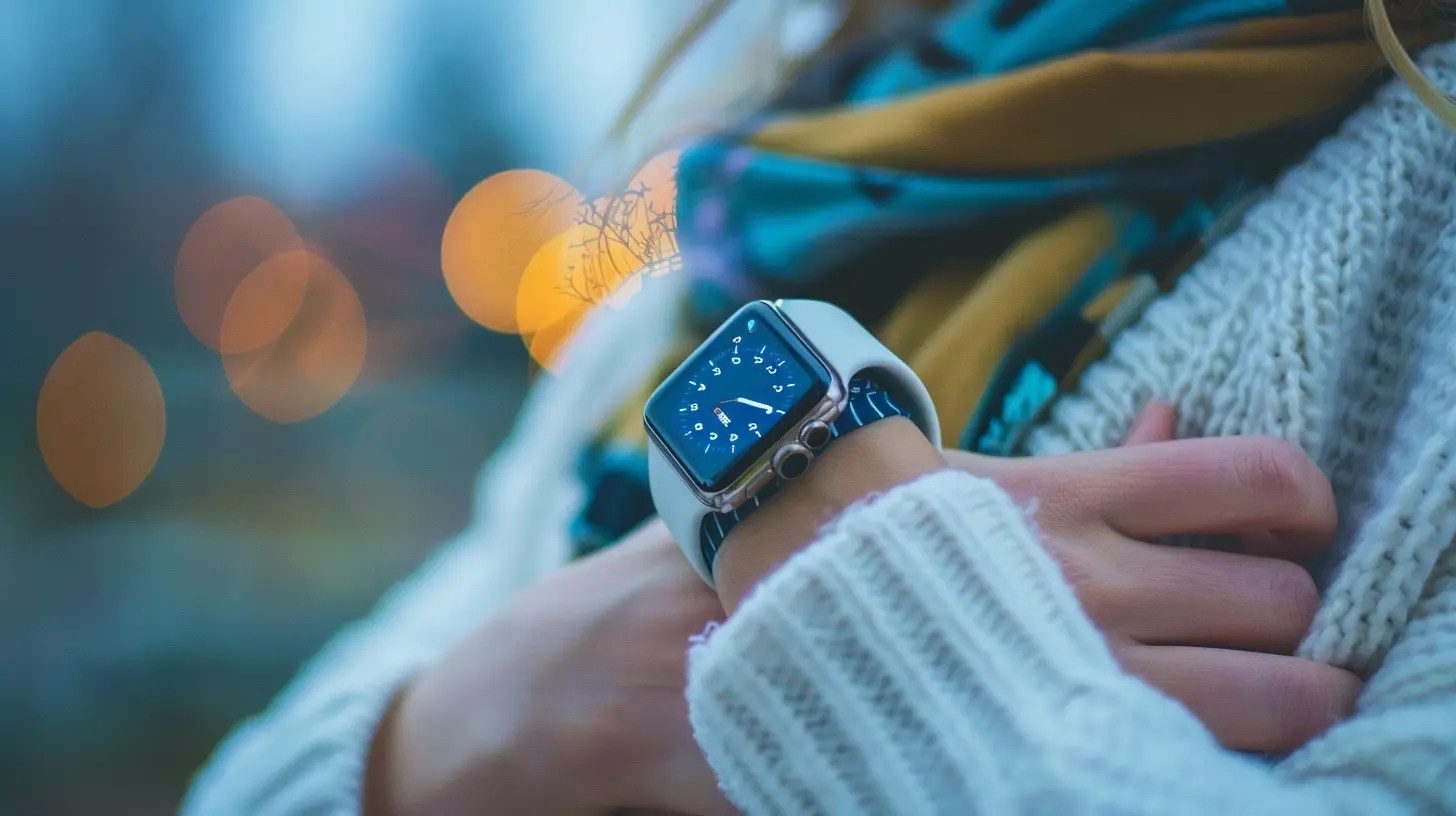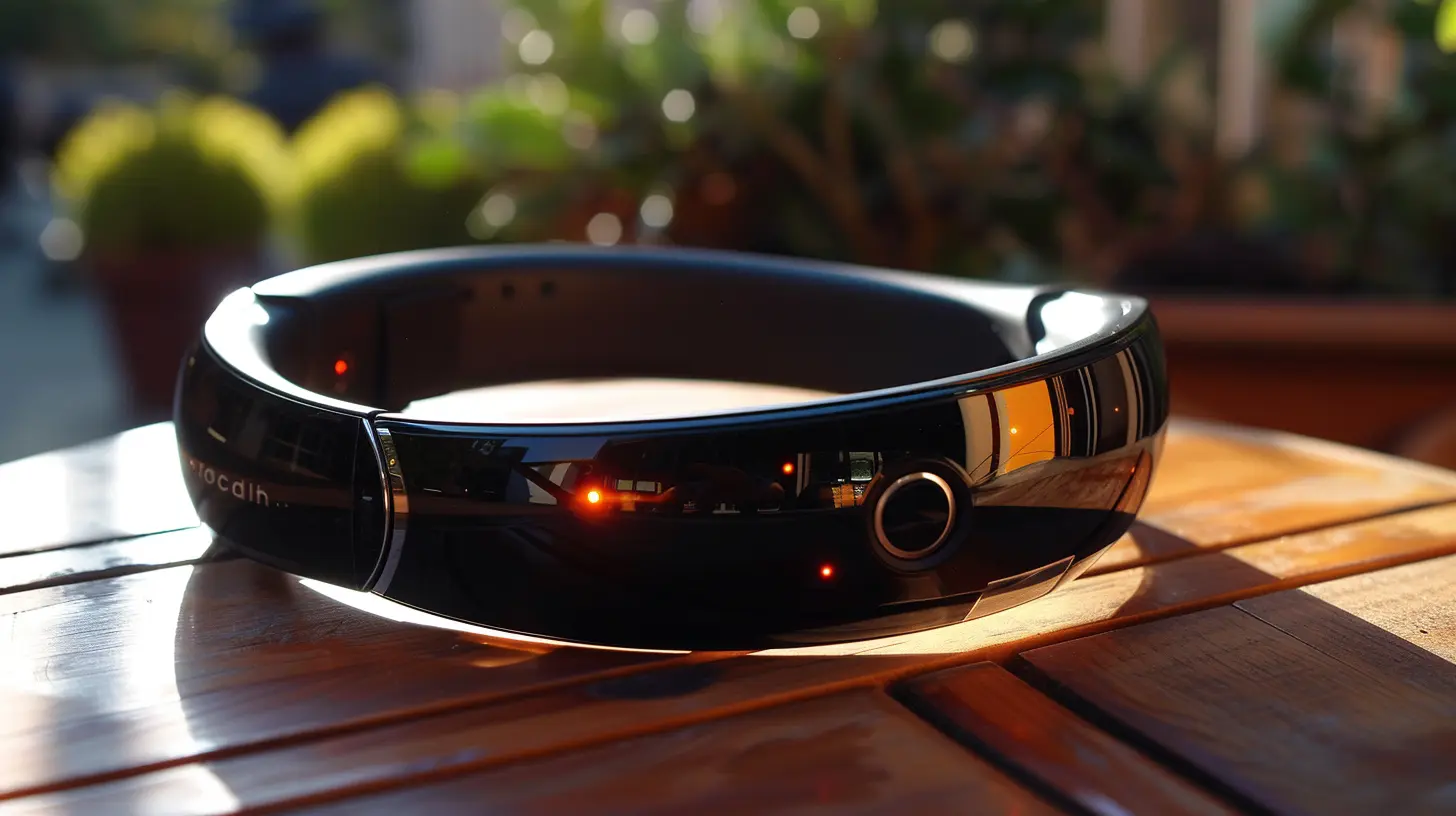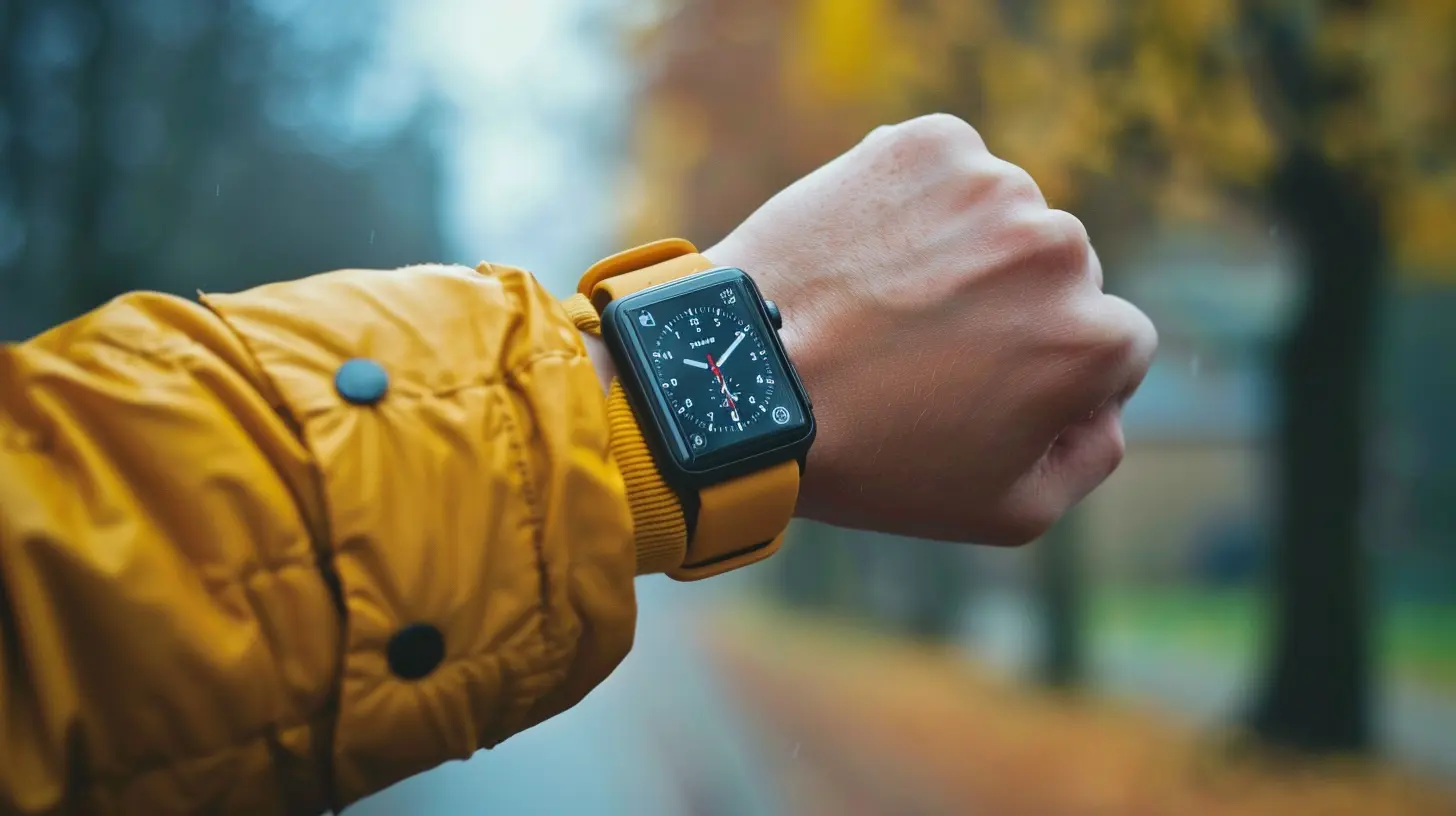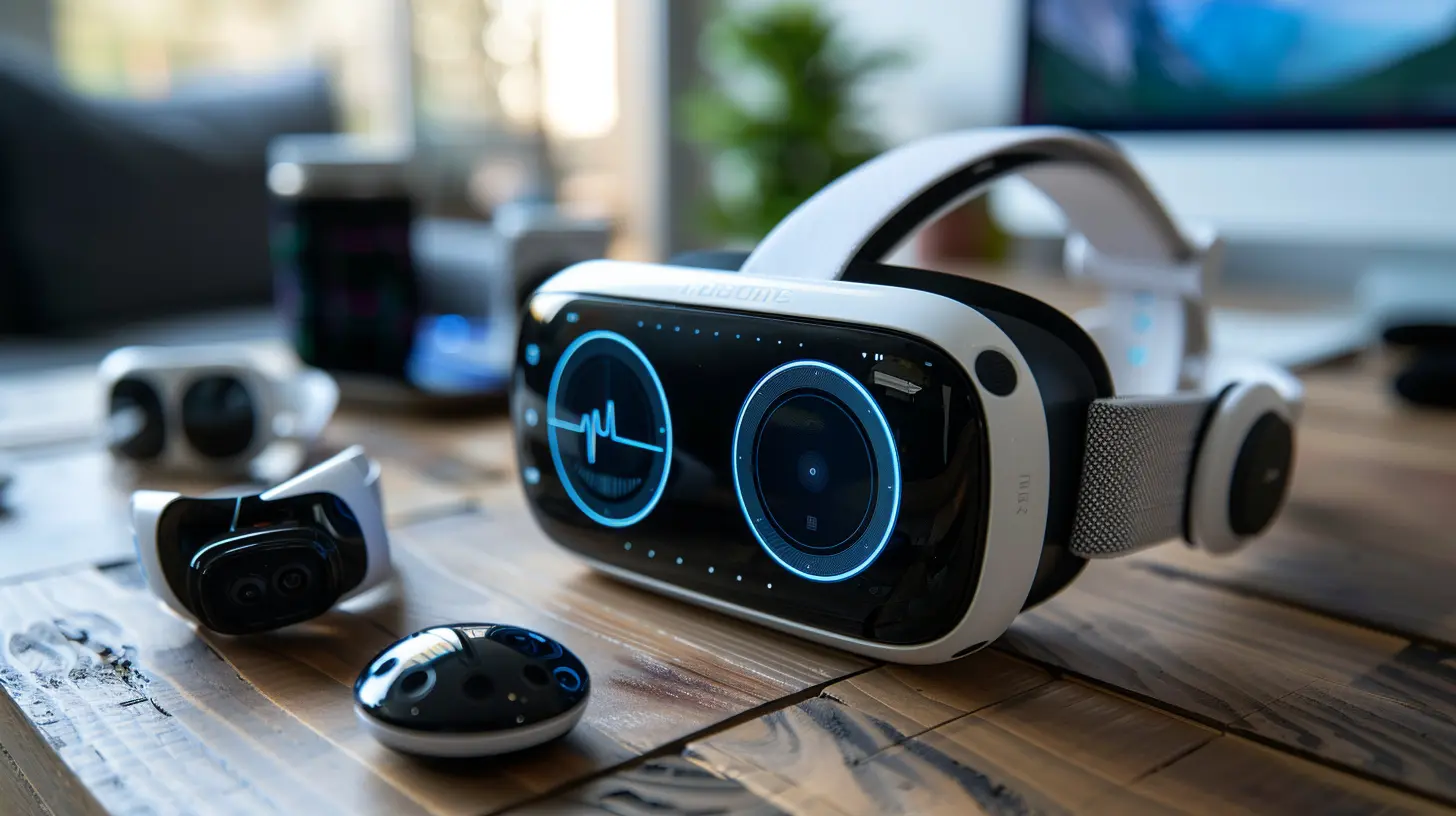Exploring the Role of Wearables in Telemedicine
31 July 2025
Let’s talk about something futuristic… but also totally happening right now. Nope, not flying cars. I’m talking about wearables in telemedicine. Yep, those smartwatches and fitness bands that nag you to “keep moving” are now teaming up with doctors to keep you healthier than ever. Surprise! Your watch might know you better than your mom.
But what exactly is going on in this high-tech health fiesta? Let’s break it down and have a bit of fun along the way, shall we?
What Exactly Are Wearables?
Before we go full sci-fi, let’s take a step back. Wearables are smart electronic devices that you wear on your body. Think:- Smartwatches like Apple Watch and Fitbit
- Fitness trackers
- Smart rings, smart glasses, smart… socks? (Yes, they exist 🙄)
- Even wearable ECG monitors and patches
They’re like having a mini-health assistant strapped to your wrist (or finger. Or, again… sock?). They monitor stuff like heart rate, sleep, steps, blood oxygen, and sometimes even your stress levels. While they don’t replace a doctor (yet), boy, are they giving healthcare a run for its money.
Telemedicine: The Doctor Will See You… on Zoom
Now let’s switch gears. Telemedicine—basically healthcare at home—is blowing up. You can now see a doctor in your pajamas, no waiting rooms required. Virtual checkups, remote consultations, even therapy sessions via video call. It’s like Netflix for healthcare.But here’s the twist: how do doctors remotely get your vitals? I mean, they can’t just press their cold stethoscope to your chest through the screen. That’s where wearables step in. Cue the applause. 👏
How Wearables Are Revolutionizing Telemedicine
Alright, here’s the juicy part. Let’s dive into how wearables are changing the game in telemedicine. Spoiler: it’s kind of amazing.1. Real-Time Health Monitoring
Your smartwatch is basically snitching on you 24/7—heart rate, activity level, sleep pattern, and more. But hey, for once, snitching is saving lives.Doctors can access this real-time data during virtual check-ins or emergencies. Instead of relying on patients saying, “Umm… I think I had chest pain last week?” doctors get hard data. No guesswork.
Example? Let’s say a patient has a wearable ECG monitor. The doc can catch early signs of arrhythmia before it gets serious. Boom—early intervention, no ER trip.
2. Chronic Disease Management
Managing chronic illnesses like diabetes, hypertension, or heart disease can feel like juggling fire. Wearables make that circus a bit easier.You’ve got devices that monitor:
- Blood glucose levels (CGMs for the win!)
- Blood pressure (yes, cuffs without wires!)
- Oxygen levels (goodbye, pulse oximeter clips)
All this info goes straight to your healthcare provider. They can tweak medications, spot patterns, or just keep tabs—all without anyone leaving their couch.
3. Remote Post-Surgery Monitoring
Ever tried getting out of bed after surgery? It’s like being reborn… as a turtle. 🐢 But with wearables, patients can go home earlier and doctors can still keep an eye on recovery.For instance, if movement suddenly drops or vitals look off, alerts go out. The wearable screams “Help!” on the patient’s behalf. Less hospital time, more Netflix time? Yes, please.
4. Mental Health Monitoring
Yup, wearables are even getting into your head now (but in a good way). Some devices measure stress levels using heart rate variability. Others track sleep—which is a biggie when it comes to mental health.By sharing this data with therapists or mental health professionals, patients get more tailored care. Your Apple Watch might just be your emotional support wristband.
Benefits That Make You Go “Whoa”
Okay, so this all sounds pretty cool. But let’s list out the real perks of combining wearables with telemedicine. Drumroll please…👍 Convenience: Healthcare in PJs
Patients don’t need to drive, wait, or sit in overly air-conditioned waiting rooms. Wearables track their data automatically, docs access it remotely. BAM—checkup done in bunny slippers.⏱️ Better Time Management for Docs
Physicians save time with auto-collected data. Plus, they can spot critical stuff faster. It’s like having a medical sidekick (just without the cheesy superhero costume).🧠 Proactive, Not Reactive
Instead of reacting when things go south, wearables help spot issues before they explode. It’s like putting out a fire before it burns down the house… or your arteries.👵 Ideal for Elderly & At-Risk Groups
Elderly patients? Chronic illness warriors? Folks in rural areas? Wearables + telemedicine = a lifeline. No travel required, and care comes to them.The Not-So-Fun Stuff (a.k.a. The Challenges)
Hey, let’s not wear rose-colored smartglasses here. There are hiccups too. But don’t worry—we’re working on them.📶 Connectivity Issues
Not everyone has good Wi-Fi or cellular connection. If you live in a mountainous village or your Wi-Fi drops more than your favorite character in a soap opera, you’re in trouble. Telemedicine needs stable internet.🧩 Device Compatibility & Data Overload
Different wearables = different data standards. Doctors sometimes get hit with a tsunami of unorganized data. Sorting through it? Like finding a needle in a haystack... made of needles.🔒 Privacy Concerns
Your heart rate data isn’t exactly state secrets, but you still don’t want it leaked. Wearables collect sensitive health data, and if hackers sniff around, boom—privacy nightmare.Solution? Strong encryption, secure platforms, and patient education. Don’t worry, we’re not in Black Mirror territory just yet.
Future Trends: Where Are We Headed?
Hold onto your smart hats, ‘cause the future is blazing fast—and wearable.🤖 AI + Wearables = Smart Telemedicine
AI is stepping in to make sense of data from wearables. Imagine software scanning your heart rate trends and shouting, “Uh-oh, early warning signs of arrhythmia!” before your doctor even logs in.🧬 Personalized Healthcare
Wearables will soon offer hyper-personalized insights. Based on your DNA, habits, and even mood patterns, your device could say, “Hey, you’re more prone to high blood pressure post-taco night—let’s rethink dinner.”🧘♀️ Wellness + Preventive Care
We’re moving from “fix me when I’m broken” to “keep me optimized.” Wearables will push preventive care like a personal trainer-turned-doctor: “Drink water, go for a walk, breathe deeply.” Annoying? Maybe. Helpful? Absolutely.Should I Get a Wearable? (Spoiler: Probably Yes.)
Thinking of hopping on the wearable bandwagon? Here’s the thing—if you’re managing a condition, want to stay proactive with your health, or just love data as much as your doctor does, it’s a solid move.Don’t like wristbands? There are rings. Not into rings? Try patches. Basically, if you have a body, there’s a wearable for you.
But remember: these gadgets aren't replacements for doctors. They’re like Robin to your Batman. Just way shinier.
Final Thoughts: The Future’s on Your Wrist
So, what’s the verdict? Wearables in telemedicine are turning healthcare on its head—in a good way. They're offering real-time insights, giving doctors better data, and making health monitoring actually convenient. (Take that, 3-hour clinic waits.)Sure, there are kinks to work out. But as tech gets smarter and medicine gets more mobile, one thing’s for sure: our bodies are talking, and now, someone’s finally listening. Through a smartwatch.
Now go check your heart rate. Your wrist might be more interesting than you think.
all images in this post were generated using AI tools
Category:
Wearable TechAuthor:

Vincent Hubbard
Discussion
rate this article
1 comments
Calder Lamb
Great insights on the intersection of wearables and telemedicine! It's fascinating how these devices can transform patient care and make health monitoring so much more accessible. As someone who loves tech, I can't wait to see how this evolves in everyday life!
August 19, 2025 at 2:31 AM

Vincent Hubbard
Thank you! I'm glad you found the insights engaging—exciting times ahead for wearables in healthcare!


